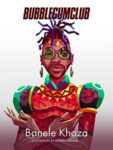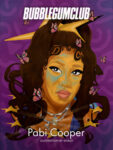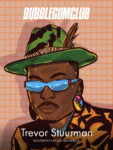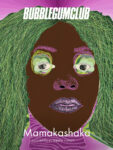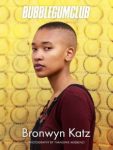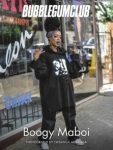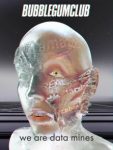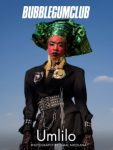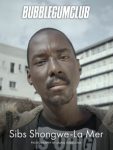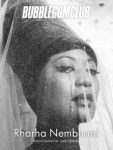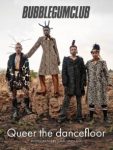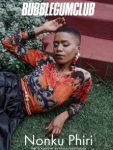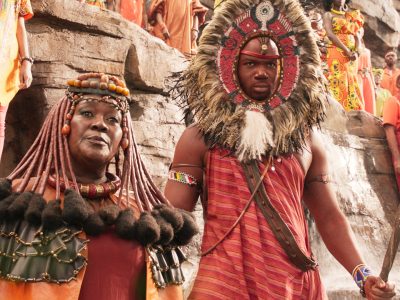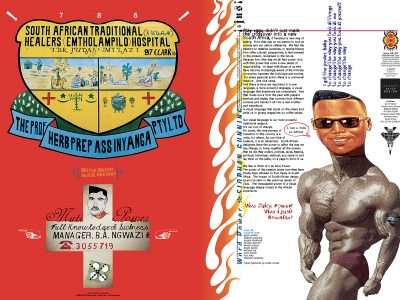I wrote my Master’s thesis on the Bubblegum Club (BGC) – and here I am on the BGC, a few months later, telling you about it (how meta?). Titled The Master Narrative of Coloniality and Stories That Disrupt, my research aims to understand and unpack the cultural narratives that remain lifeblood to South African (SA) inequality and white supremacy. Before explaining my findings, I have to give a brief state of the nation address: SA still functions as a settler colony, its economy is predicated on racial capitalism, and we white South Africans are deep in denial.
A long time ago in the annals of history (thirty years ago) the Apartheid regime came to an end, leaving behind a material and social structure of segregation so violent and established that it still dictates the socio-economic functioning of the contemporary nation. It is not a leap to think that if the material inequalities of Apartheid still remain that there must be elements of our collective culture that retains the values of this system. The story, or master narrative, of coloniality forms a powerful and enduring basis for continued structural racism and exploitation.
A core concept that underpins my understanding of the master narrative of coloniality is that of whiteness, now whiteness does not mean the nature of being white skinned, it is the pedagogical framework (educational system) that teaches white supremacy as a mode of being and interpreting the world. It is the educational practice (via culture) that reifies colonial hierarchies and ensures that these systems of oppression and ordering continue to work.
I want to make clear that the end of whiteness in the settler colony is imperative, and it does not mean the end of white people, it means the ending of complicity in a system that is aggressively racist, and it means a move towards a collectivism that is embodied.
Whiteness is not only upheld or experienced by white people, but is experienced differently across racialised groups.To give a simplified overview: In white people it ingratiates a sense of entitlement over wealth, land, and taking up space in a place or conversation, while in Black, Brown and indigenous people it may instill a sense of inferiority, cultural dislocation and self-criticality.
One of the most insidious elements of whiteness, is that it deliberately portrays itself as the ultimate Truth, as completely infallible, and in the worst cases becomes so normalised that it is rendered invisible. This is the real trickery of the stories of coloniality that are embedded in our collective culture, it tends to camouflage itself in its self-security as the most important way to understand the world.
Something I really wanted to try and understand was why, when the grotesque underbelly of whiteness is so obviously revealed – as it is in SA – it remains such a widespread mode of perception (aesthesis). What I found was that in order to ‘conceal’ the nature of the settler colony and our own implications in its violence, white people (specifically) needed to use other cognitive means of separating ourselves from accountability. Arathi Sriprakash et al. point out that “the homeliness of the settler state cracks under the truth of its violence and illegitimacy”, that is to say the sense of comfort or entitlement with appropriating resources and the land is fragilely held; when it is seen what violence is needed to maintain the settler state, it becomes, unless one is radically white supremacist, very difficult to justify.
And so, when confronted with obvious racial inequality we deny our culpability in the system, scapegoat (typically blaming African immigrants and/or a Black lead government), and disassociate (‘Apartheid ended already’ or ‘what does that have to do with me?’). These cognitive and social habits allow us to ‘see’ the realities of the settler colonial state without the pressing ‘need’ to change it. These narratives allow us to live outside of reality, and decimate a sense of responsibility for the community at large.
If you’ve recently been a person on Earth you have probably noticed all of the things I have mentioned in some capacity, and will likely have your own examples to give, and you might be asking, how is the BGC involved in this? Well, pointing out the structural and social racism of SA is hardly news, but once we map this reality we can move onto the more important question: How can this change?
I mentioned the role of story and narrative in upholding tangible systems of violence; story shapes our world, because we shape our world. Culture is story, it is the things we are told or shown, it shapes and is shaped by us. Far from being a sturdy thing, culture is malleable, imagine it as a lump of clay in your hand, or more accurately, a flowing river that constantly carves new channels and is influenced by millions of bubbling tributaries, of which you are one.
The stories told by the BGC engage directly and indirectly with the master narrative of coloniality that exists as a part of the collective consciousness and our material and aesthetic realities. What the BGC has done is consistently disrupted the master narrative of coloniality by centering stories of people who would typically be excluded in the hierarchies of coloniality, being determinedly Afrocentric, and telling stories of disruption, discomfort, creation and resilience – this disavows the hopelessness cultivated by coloniality’s stories. Your personal and collective aesthesis can shift, and I urge you to reflect on a time in your life when you noticed your mind changing, your perspective shifting – that is the feeling of story engaging a master narrative, that is the feeling of a new imagination.
What I’ve tried to do in this research is understand what our future can hold. I don’t ever wish to fall into the bed of despair that is so comfortably made for us all by systems of power. There are formidable stories being told that shape how we can be, and fundamentally reimagine what it is to be in the world. We must continue to nurture spaces like the BGC, that are wellsprings of glorious knowledge, that are bubbling tributaries feeding the flowing river.
Notes:
Arathi Sriprakash, Sophie Rudolph & Jessica Gerrard, “Learning Whiteness”, 2022
Rolando Vázquez, “Vistas of modernity: decolonial aesthesis and the end of the contemporary”, 2021
Toni Morrison, “Toni Morrison on Love and Writing”, 1990
Sabelo Ndlovu‐Gatsheni, “Decoloniality as the future of Africa”, 2015
Read the full thesis here



